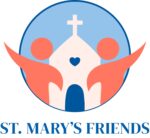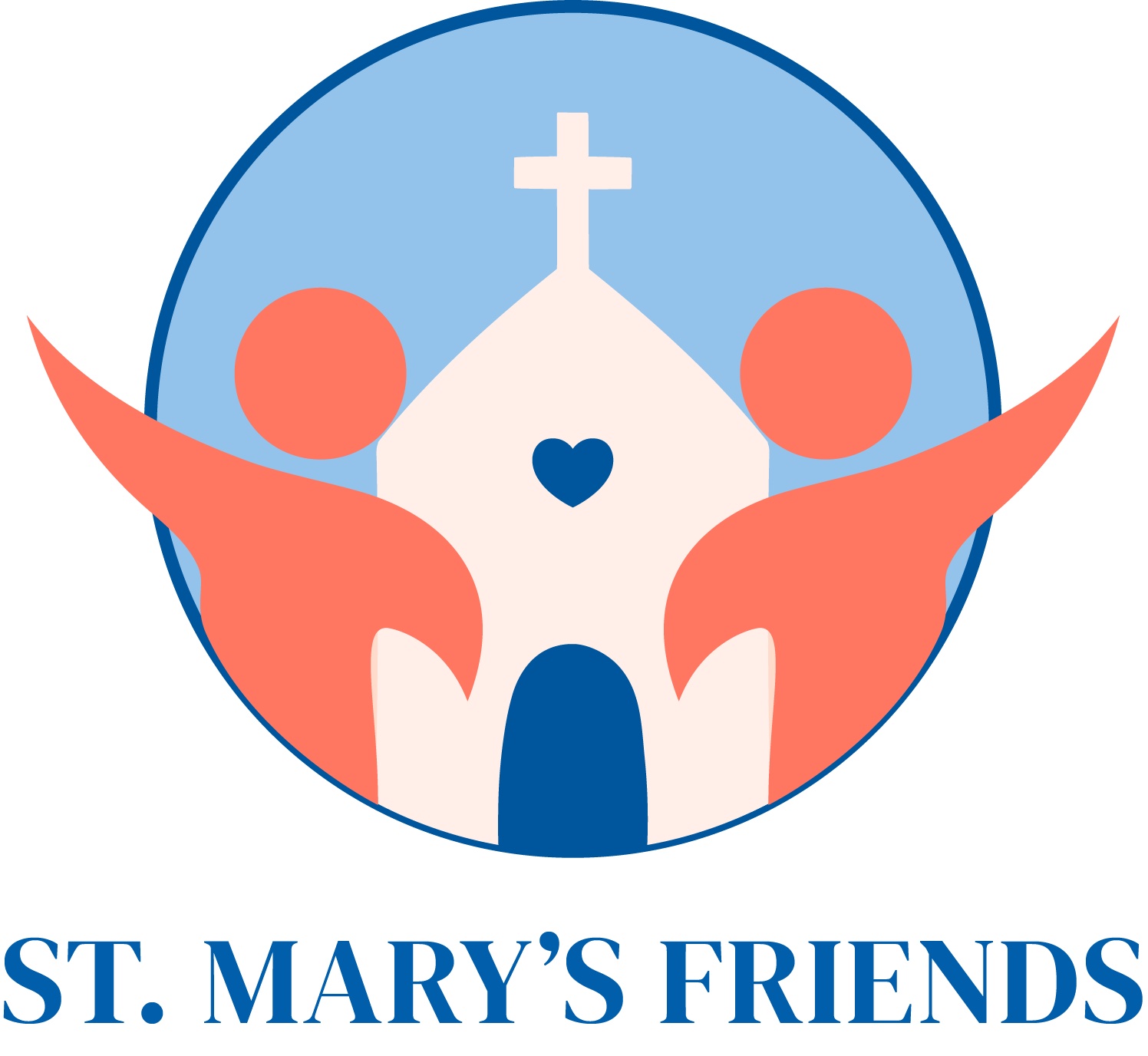St. Mary’s Church:
How It Changed Yonkers and the World
The history of Yonkers and the Church of the Immaculate Conception have been intertwined since the mid-nineteenth century, from its early beginnings as a sleepy little farm hamlet to its time as an industrial powerhouse.
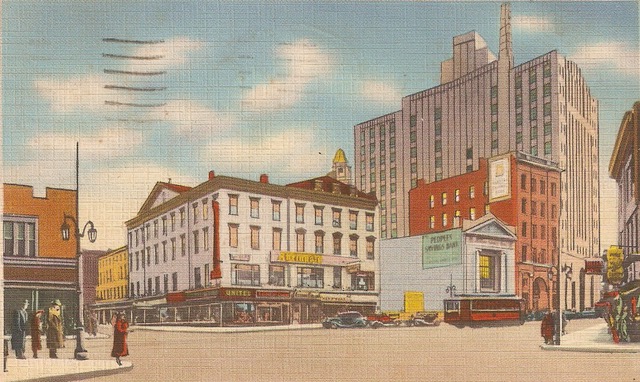
Until the coming of the Railroad, Yonkers depended on two types of transportation: the stagecoach and water transportation. We did not have an adequate pier, so ships would dock on the other side of the Hudson, and ferries would transport people, their luggage and cargo across the Hudson to our mooring on the Nepperhan River Harbor. This limited development of industry.
Twenty-eight-year-old Civil Engineer and Catholic convert Thomas Cornell was hired to oversee work on the Hudson River Railroad from Spuyten Duyvil, then in the Town of Yonkers, to Dobbs Ferry. He arrived here August 1847 and set up operations in the Manor Hall. Within a short time, construction began, the first Yonkers train station built and opened in 1848.
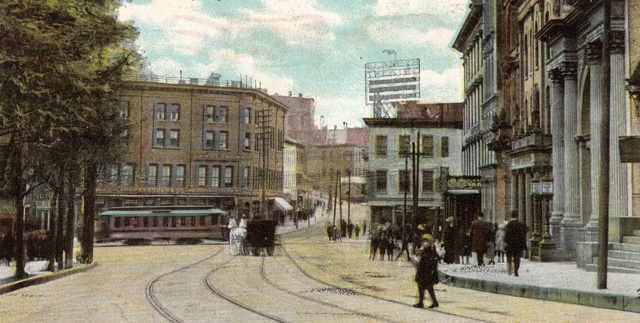
To meet the needs of his workers, Cornell arranged for Reverend John Ryan from Fordham College to minister to the workers, many of them Irish Catholic immigrants. The first mass in 1847 was said in a private home, with Thomas Cornell one of the worshippers. Father Ryan said Mass every Sunday in a factory storage room; many times, worshippers shared space with logs waiting to be shipped. In early 1848, mass moved to Ethan Flagg’s new brick building at New Main Street and Palisade Avenue.
Attendance was so good, Father Ryan decided Yonkers should have a Roman-Catholic church, and plans progressed quickly. Judge William Woodworth donated land on South Street (now St. Mary’s Street) for the Church. Noted church architect Patrick Keely designed our first church; he was known for designing many of the most beautiful churches in the country. Cornell, concerned the church would be too big, spoke to Bishop Hughes, asking the proposed church be downsized. Hughes refused, believing it should be larger.
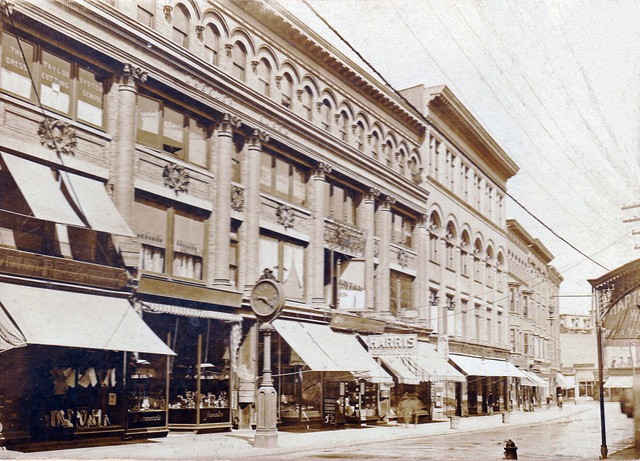
Money was collected to build the church, not only the nickels and dimes weekly from mass attendees, but also from Protestants who wanted to support the effort.
Our economy originally was based on the mills powered by the Nepperhan River. Over the years, the railroad brought diverse industry to Yonkers, making it a center of industrial innovation. Elisha Otis and his safety elevators stamped “Made in Yonkers” brought our village national and international prominence. Advances continued… Thomas Cornell became President of the new Yonkers Gas Light Company in 1858, along with other notable citizens, bringing improved street and home lighting to Yonkers
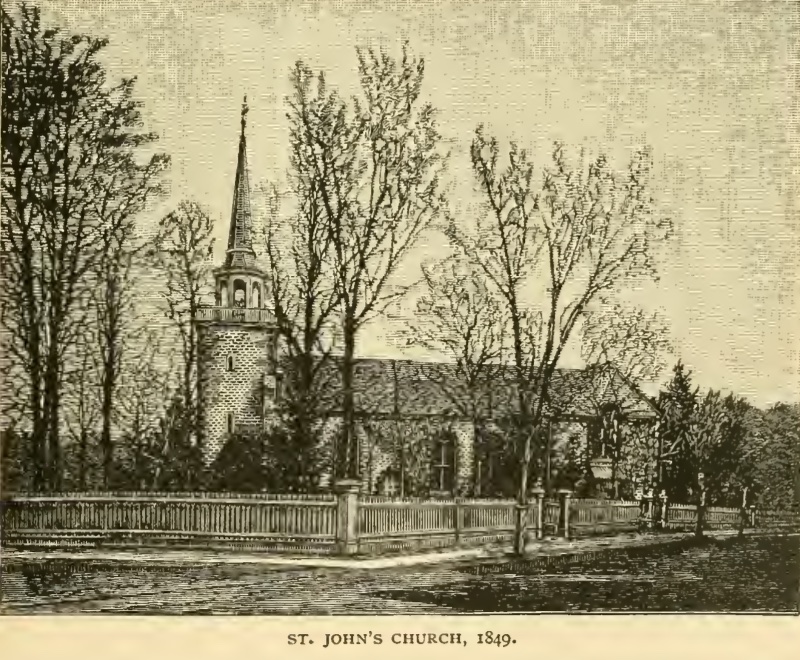
Starr Arms manufactured thousands of rifles for the Civil War in Yonkers; agricultural implements such as plows and mowers made here improved the lives of farmers.
Overhead trains were invented here by Charles T. Harvey, making Yonkers the birthplace of mass transit. Harvey launched the West Side and Yonkers Patent Railway Company in 1866.
Osterheld and Eickemeyer created innovations for the carpet and hat industries, then expanded to electric machinery, trolley motors, and transformers to bring electricity to mechanical devices. The company later developed engines to convert trains to steam power. Rudolf Eickemeyer gave the Genius of GE Charles Steinmetz his start in America, encouraging his creative talent. Yonkers was home to many successful companies, such as the forerunner of Domino Sugar, today still a leader in the American sugar industry.
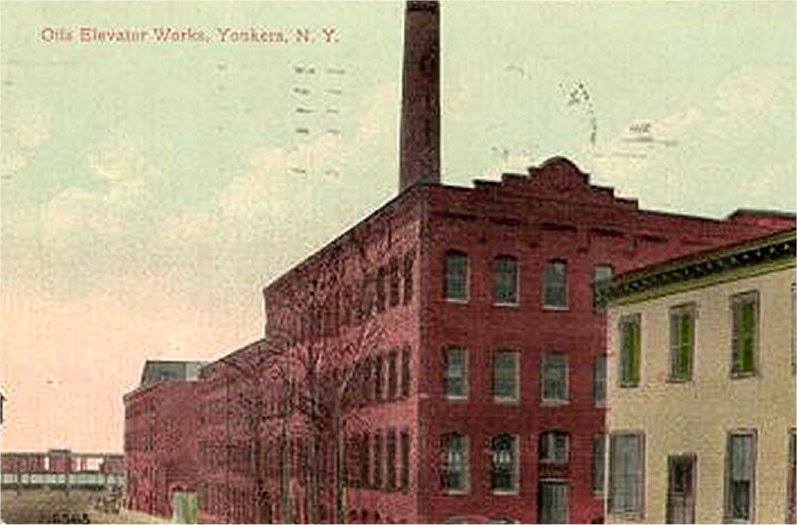
Yonkers manufactured cigars, ships, rubber, silk, veneer, Bakelite plastic, soda water and beer, truly the land of opportunity.
Our million-dollar companies needed workers: people came to Yonkers for the opportunity to work, people from all over the world wanting a better life. Many of the workers in our groundbreaking companies attended St. Mary’s, people needing a spiritual home, a welcoming home they found in the St. Mary’s Church community.
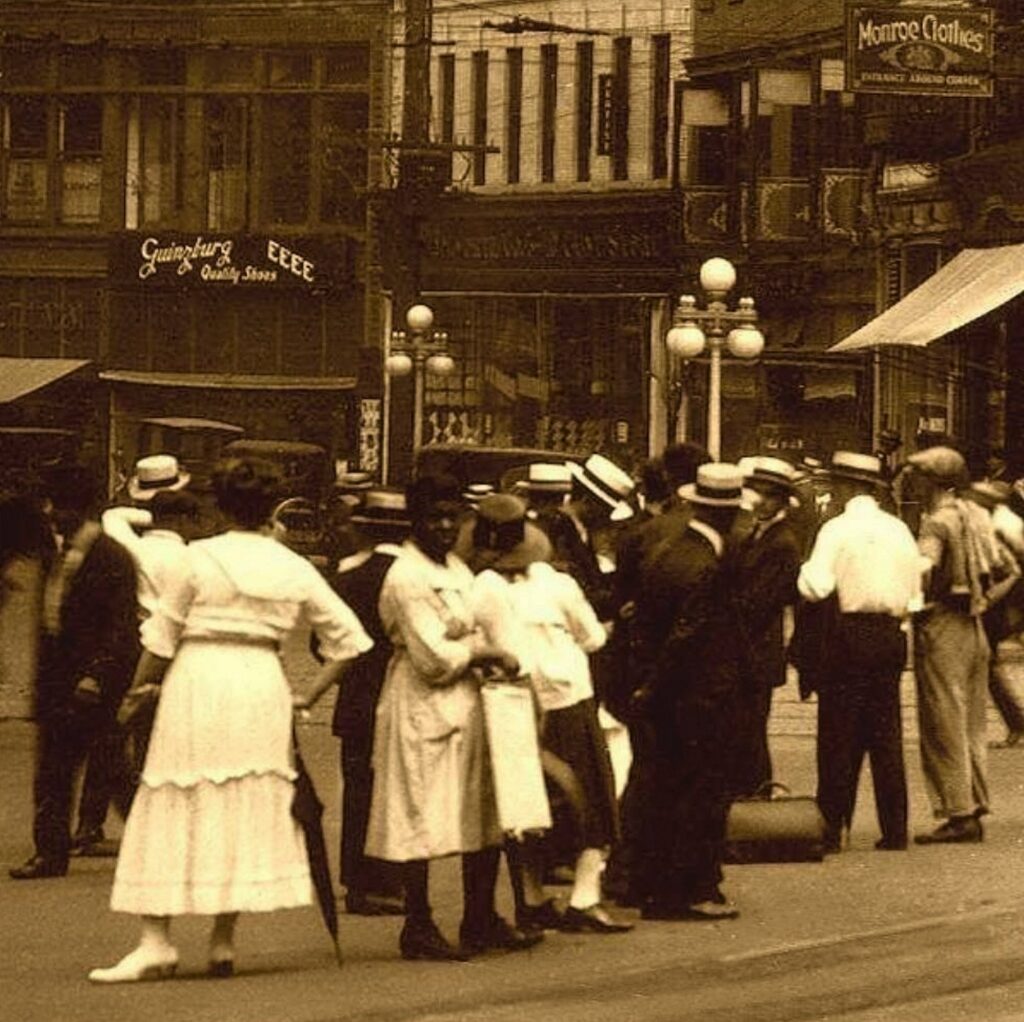
Now the Church of the Immaculate Conception, it remains in the heart of our downtown business district across from Yonkers’ Government Center. A stabilizing element of our city, people flocked to St. Mary’s for comfort, for strength and to pray on 9/11.
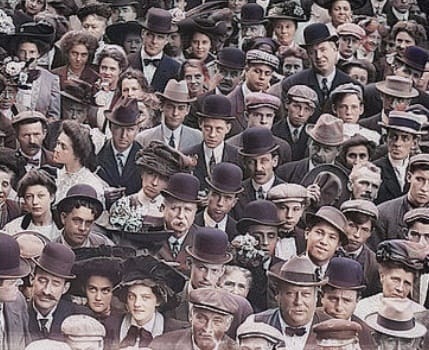
The existence of this church continues to be a center of peace, prayer and stability during trying times… and times of joy. The St. Mary’s we love is interwoven into our personal stories, the story of Yonkers, and the story of how Yonkers changed the world.
–Mary Hoar
Yonkers Historian
President Emerita, Yonkers Historical Society
